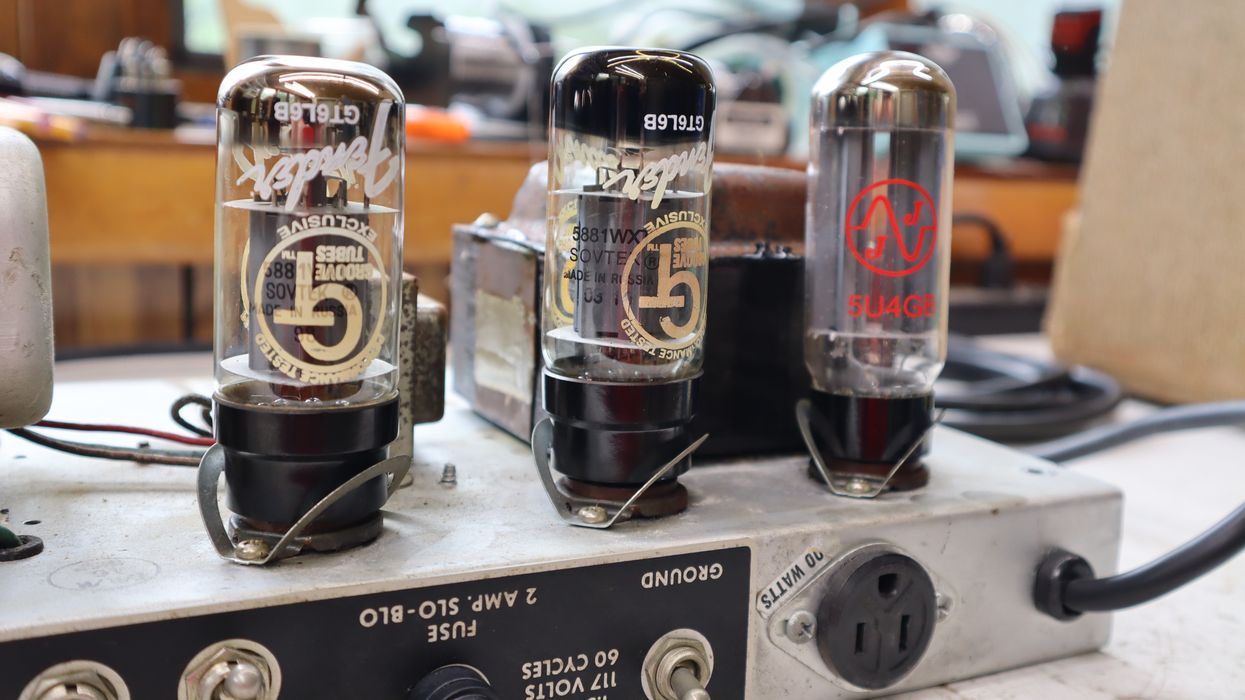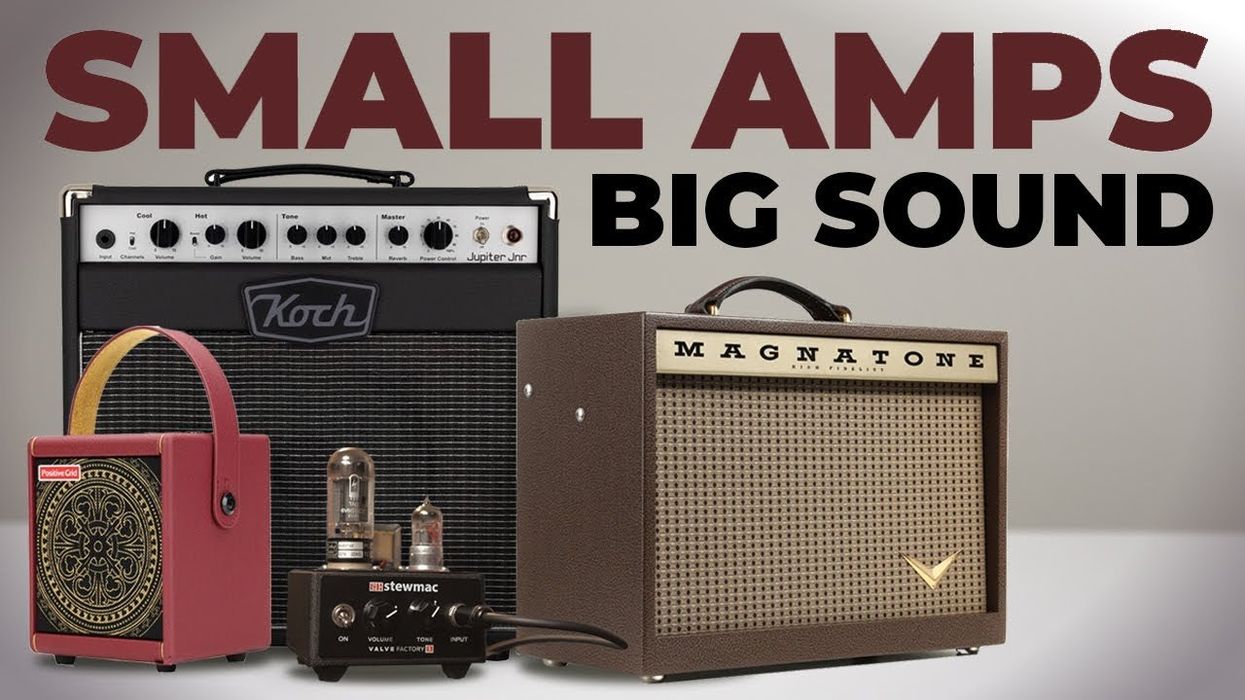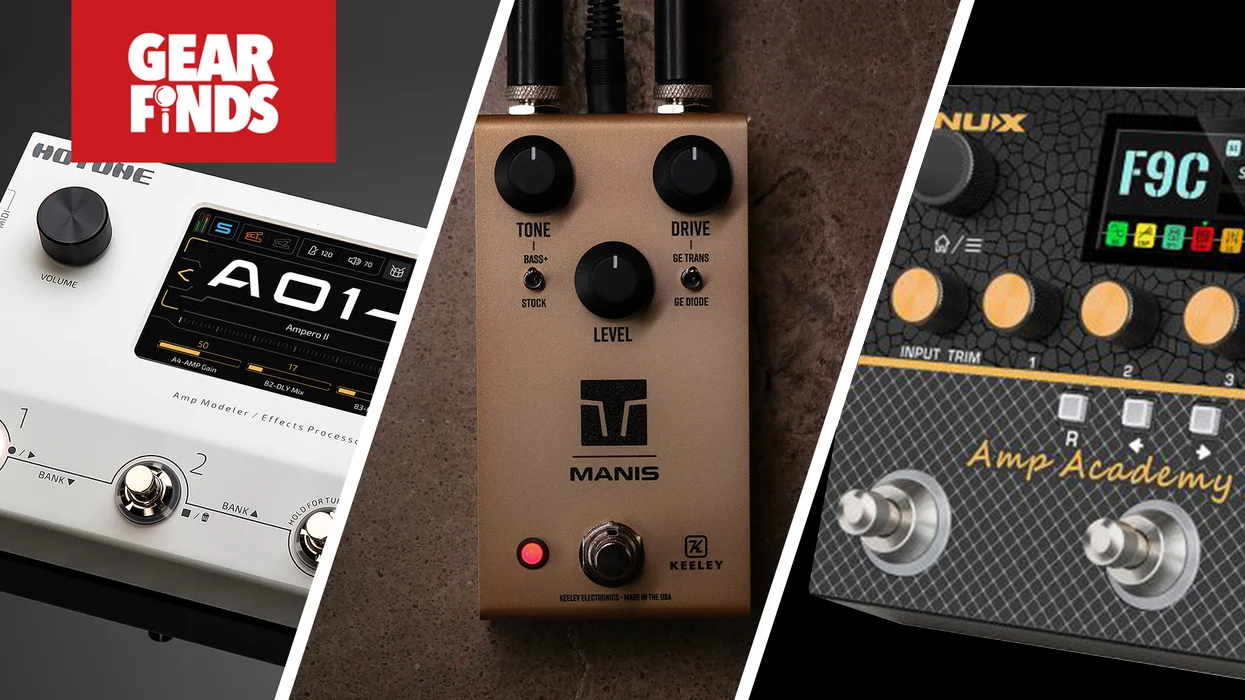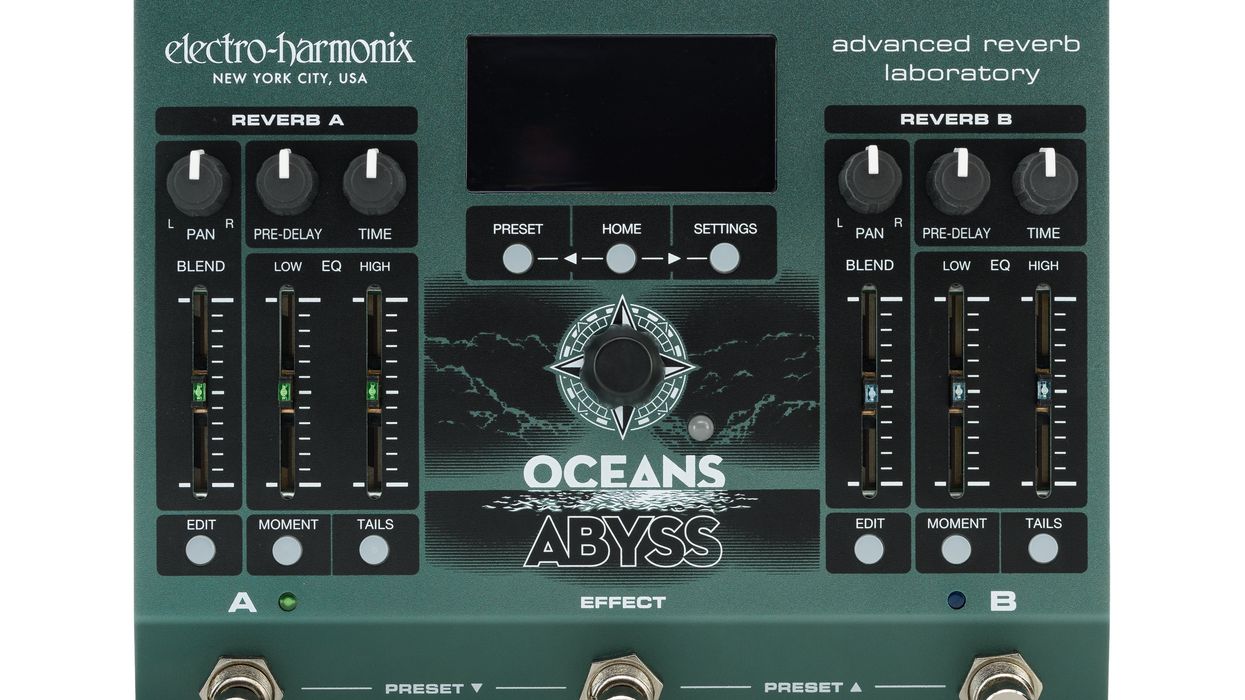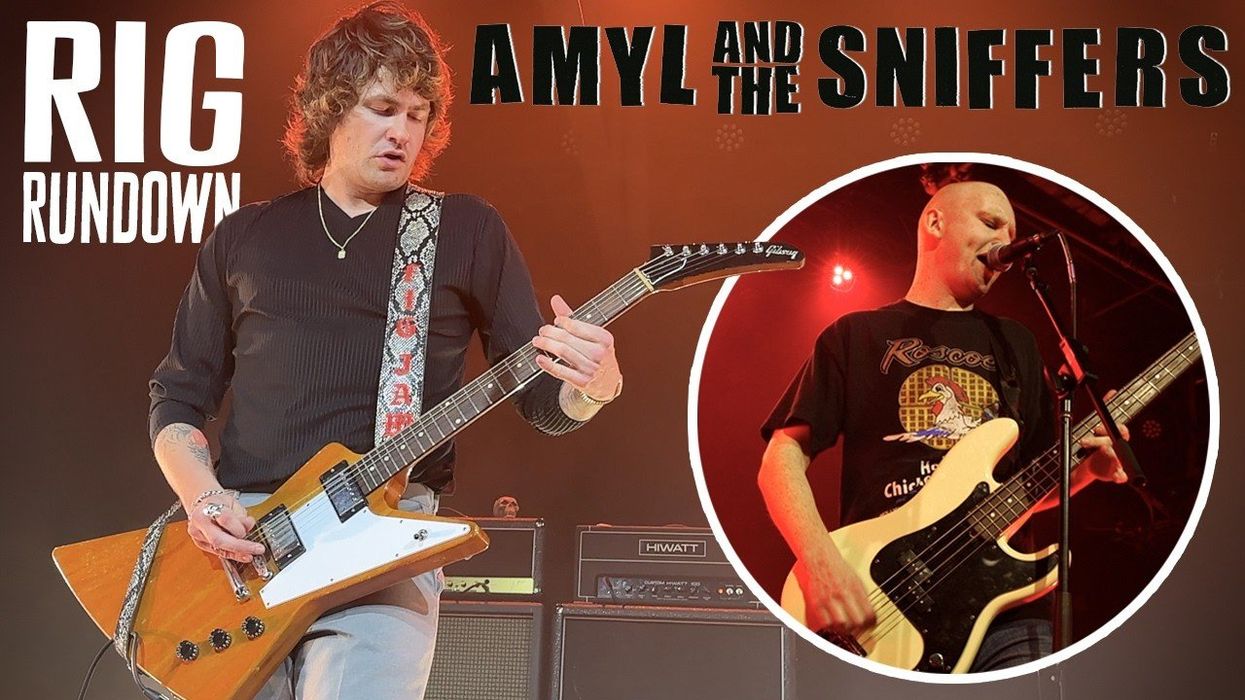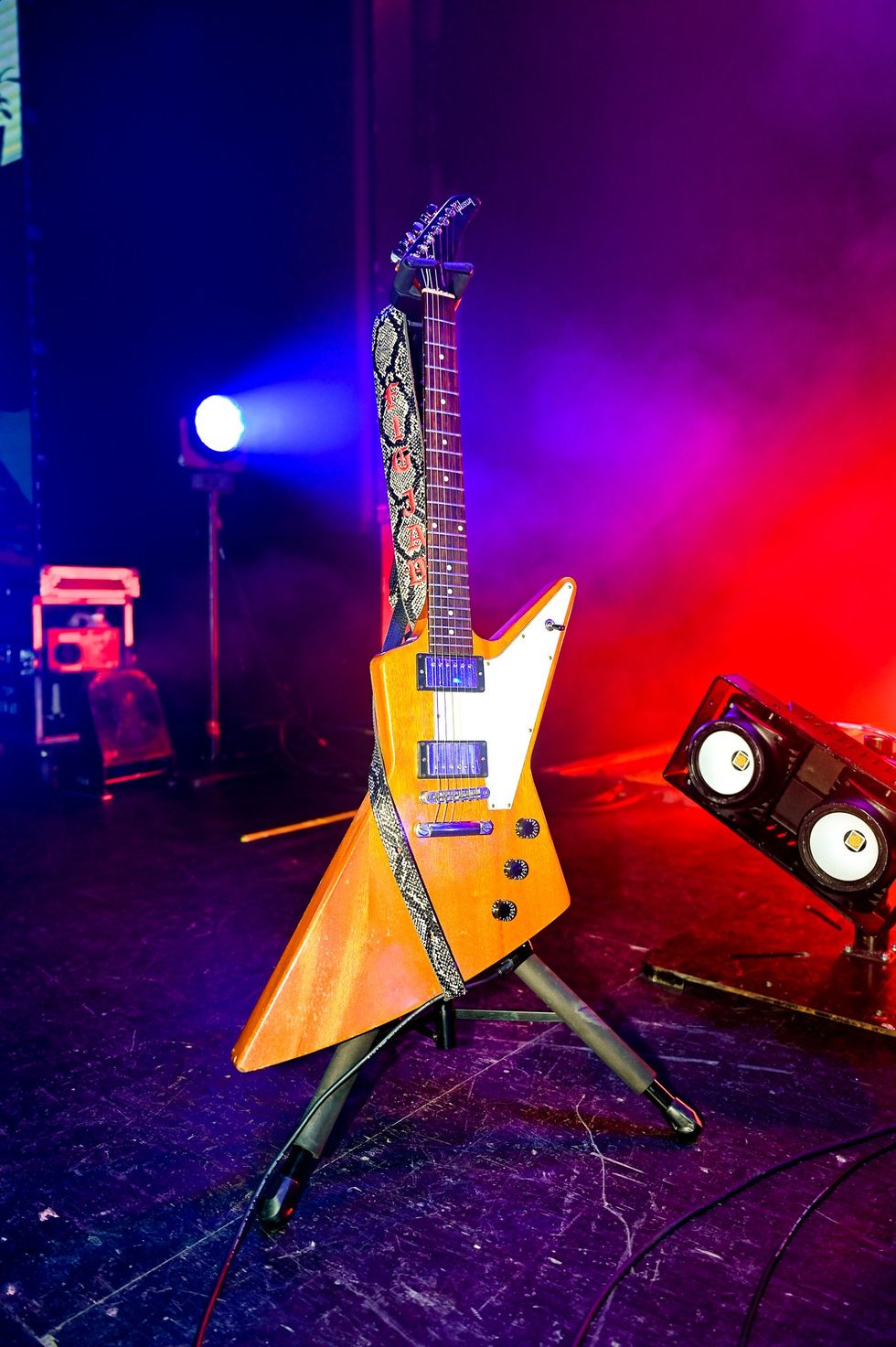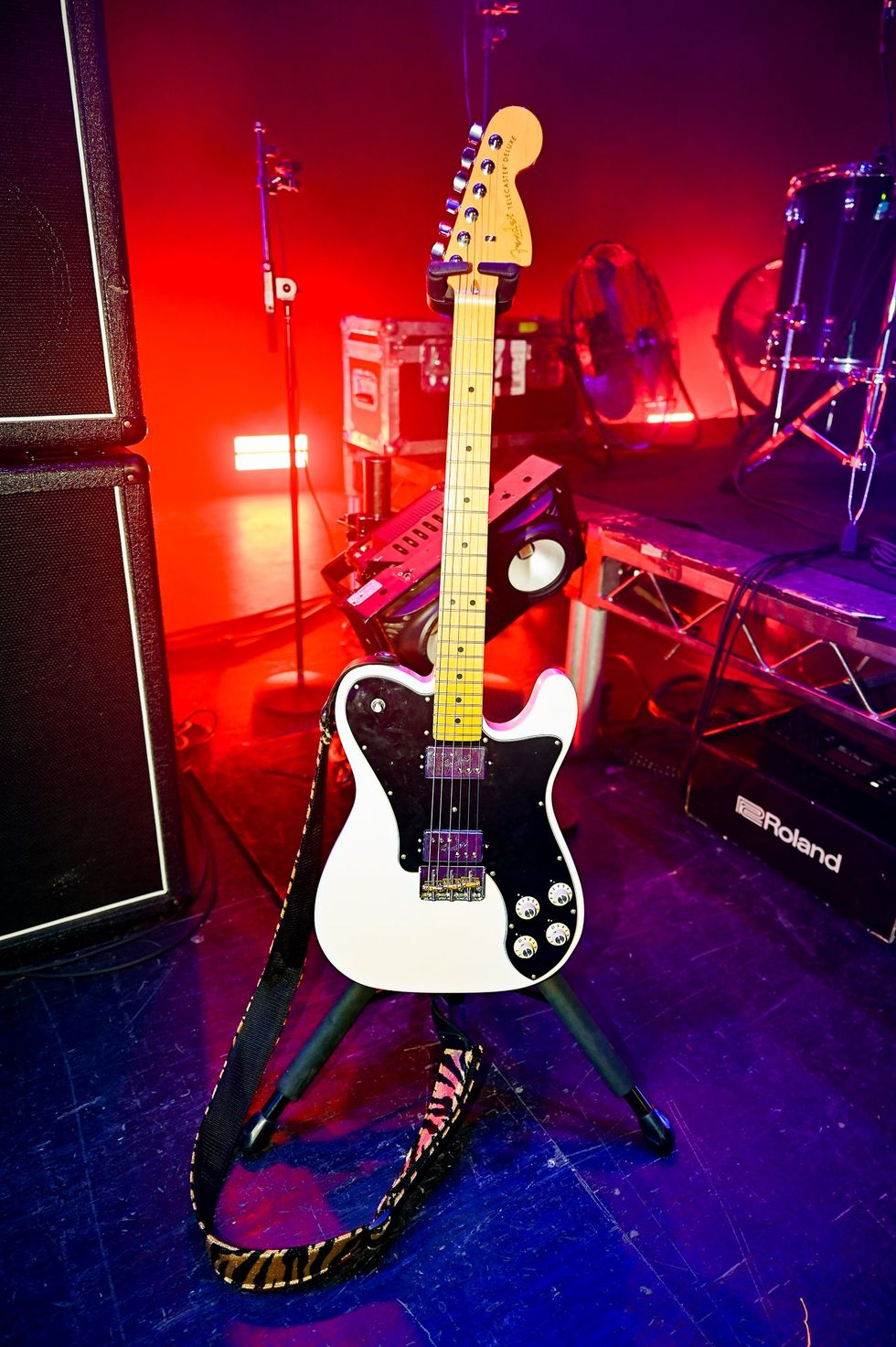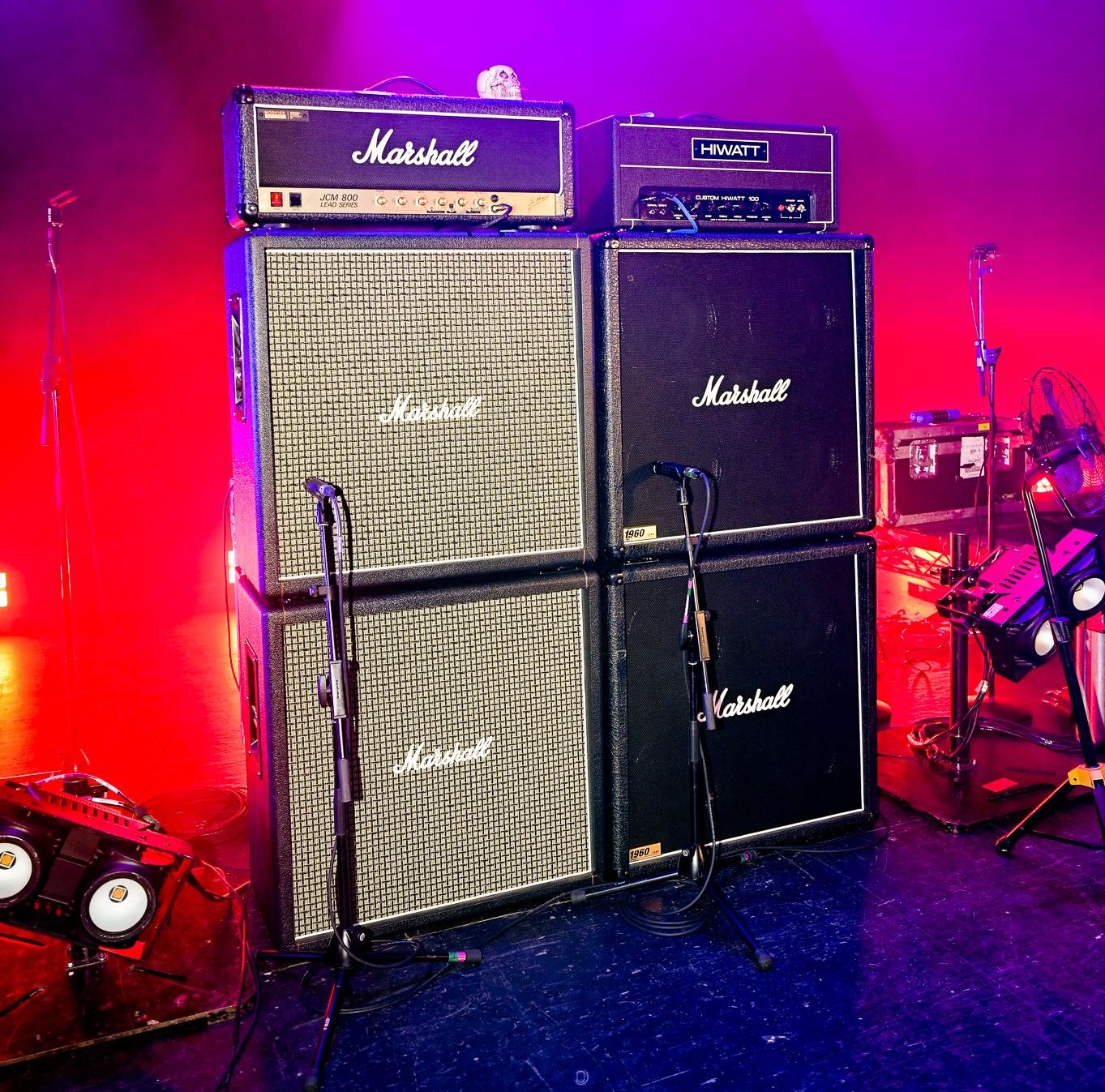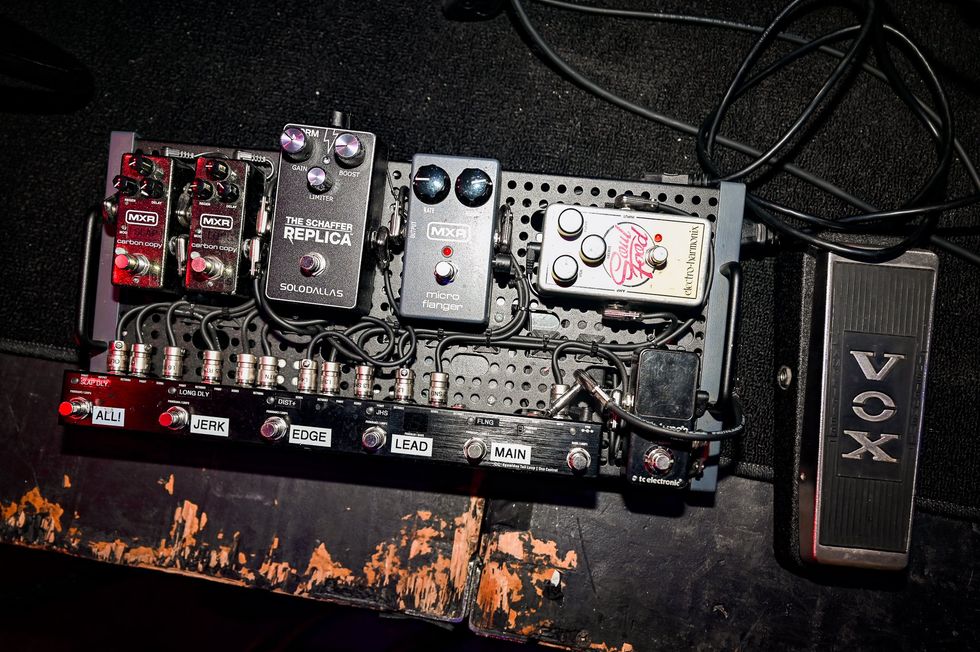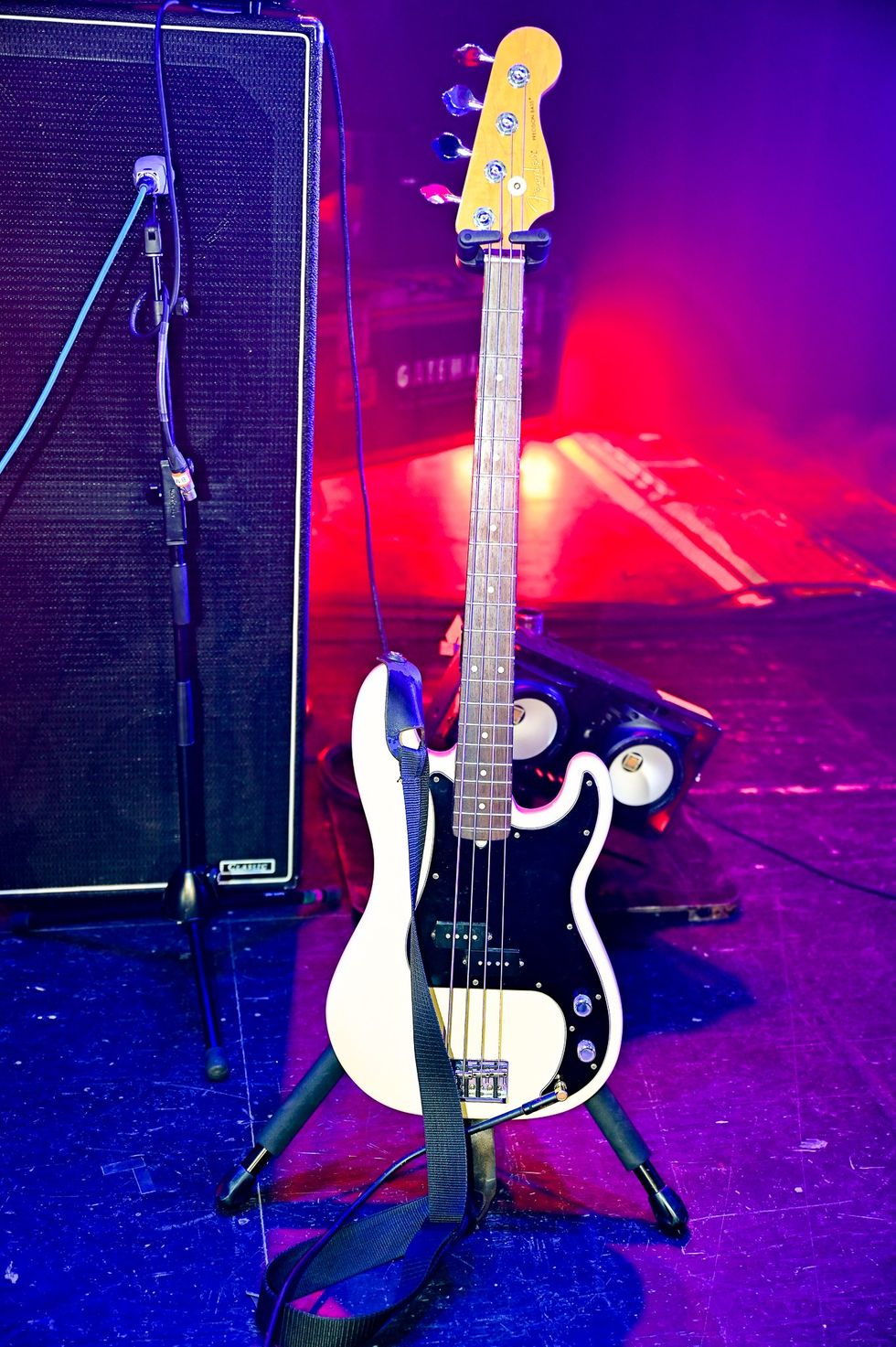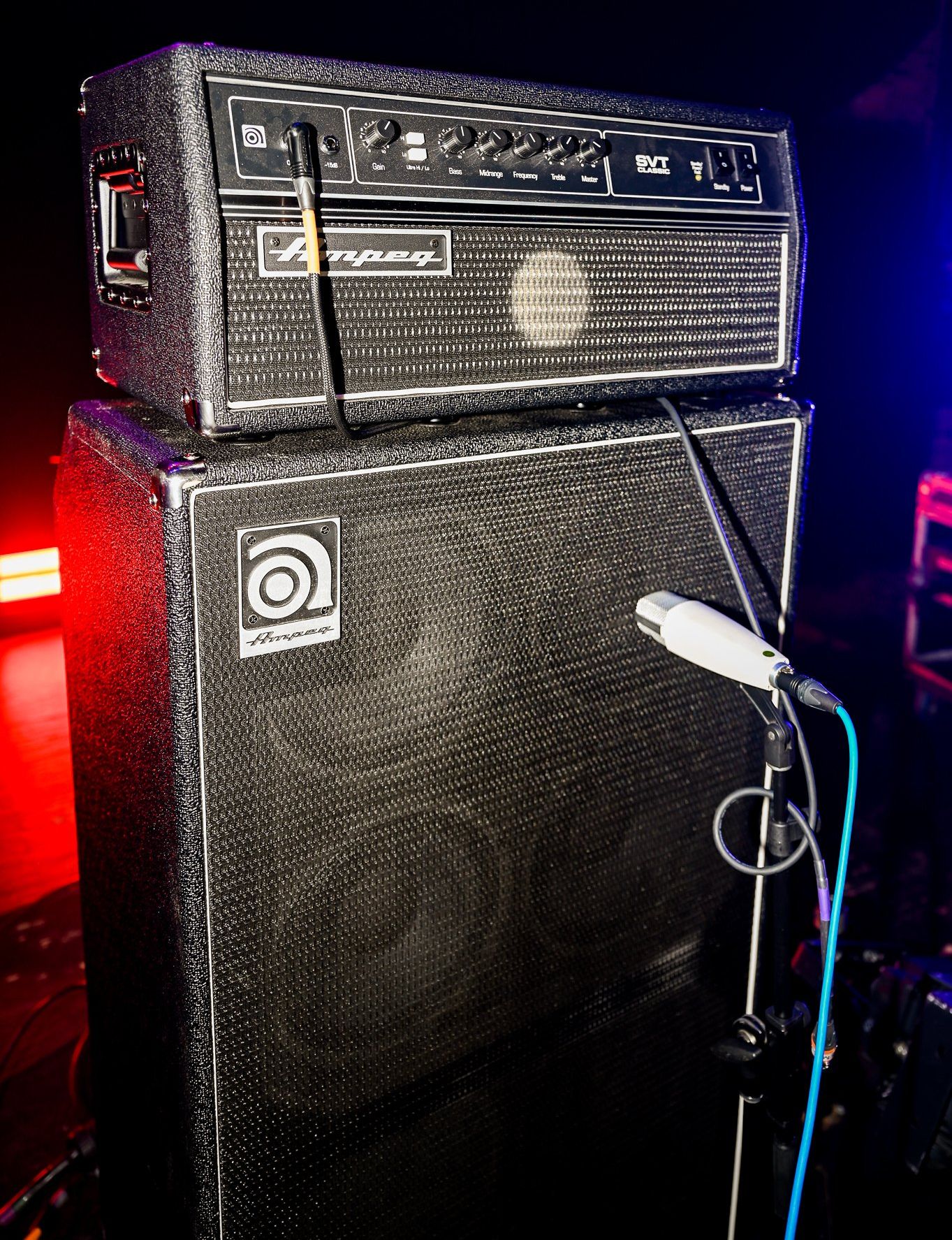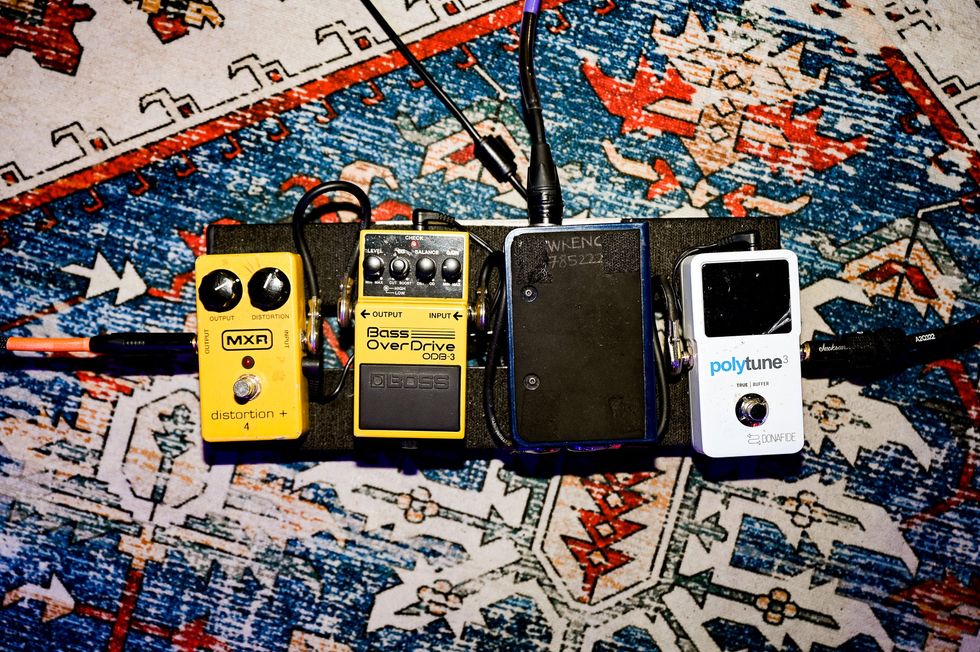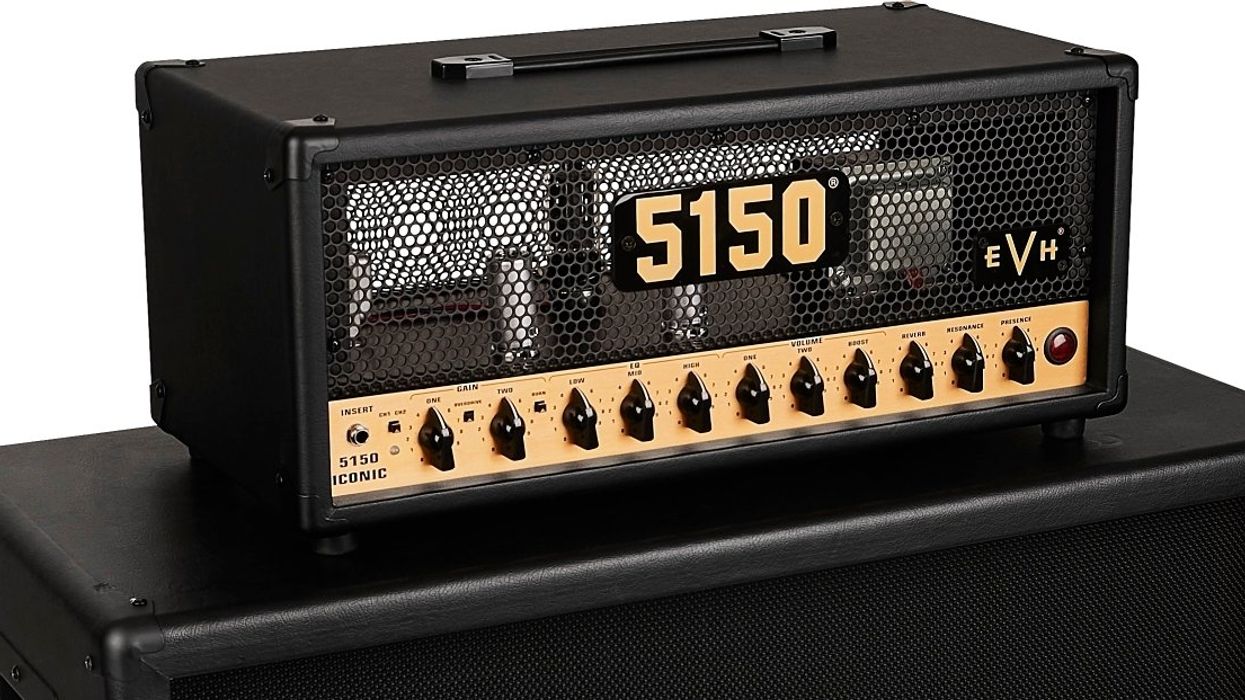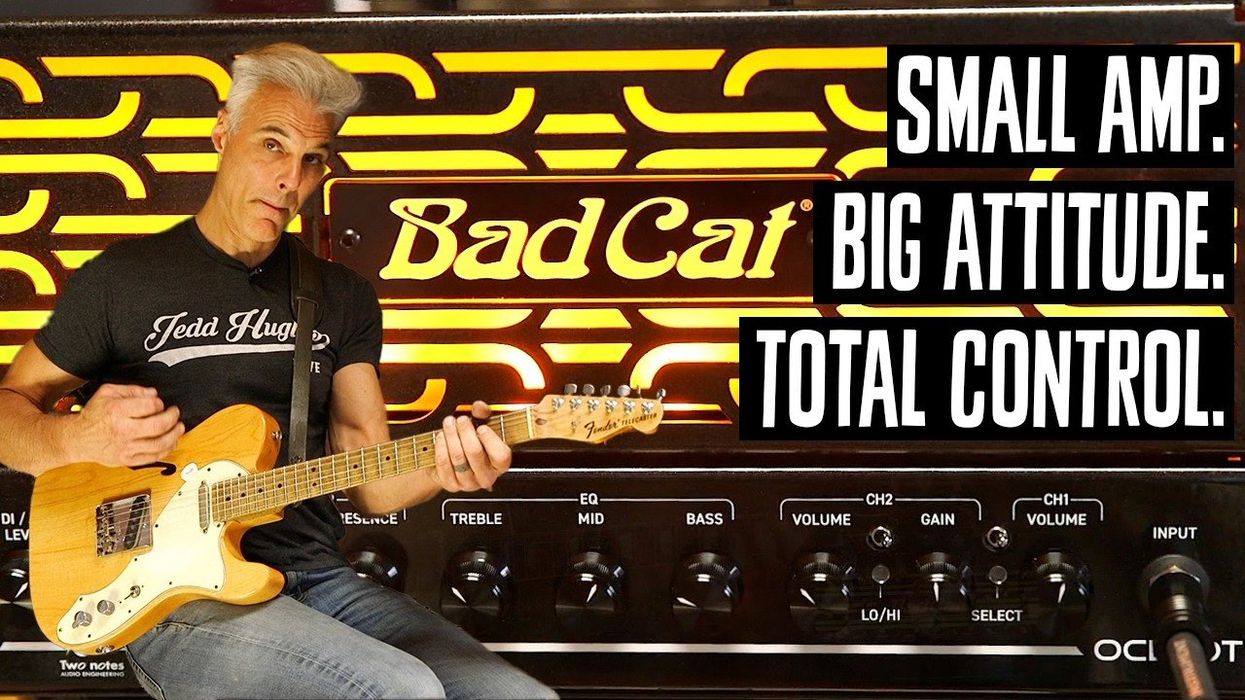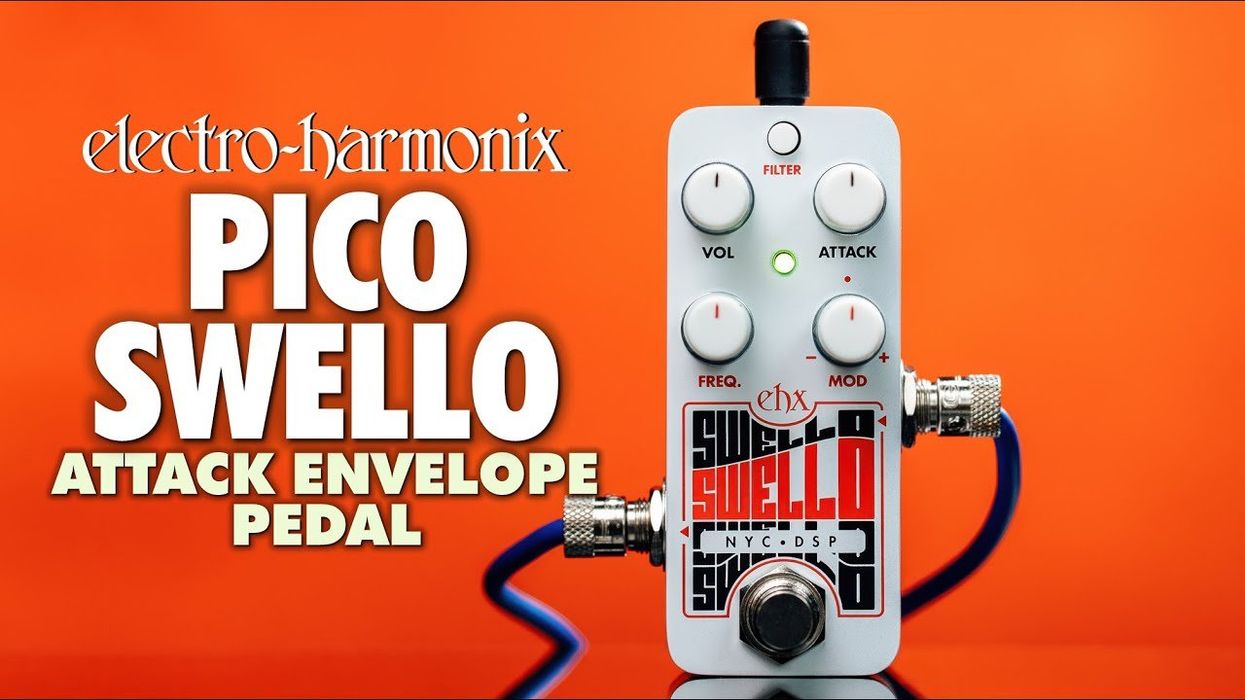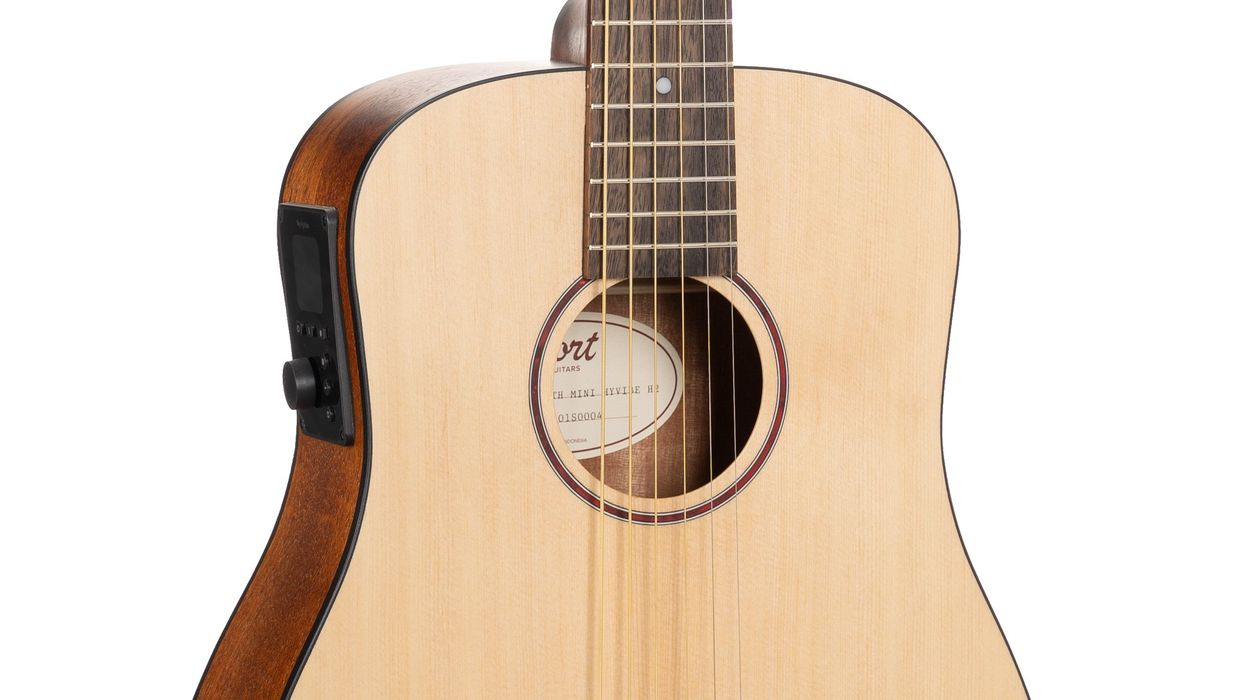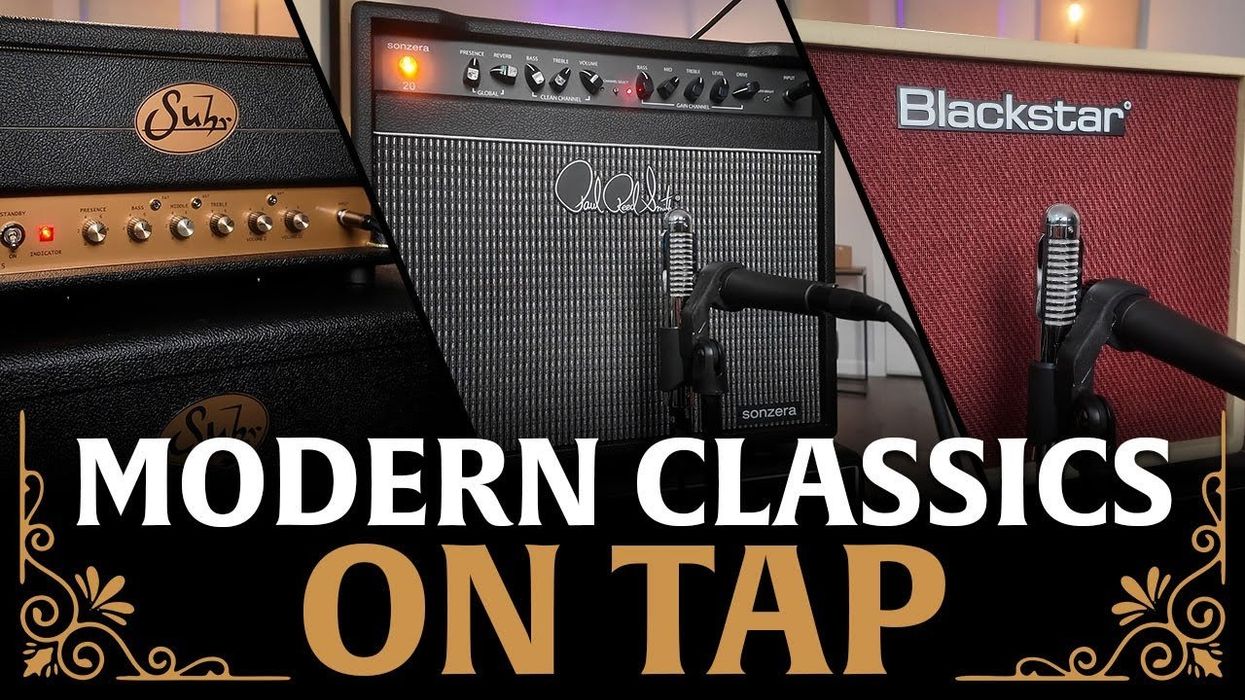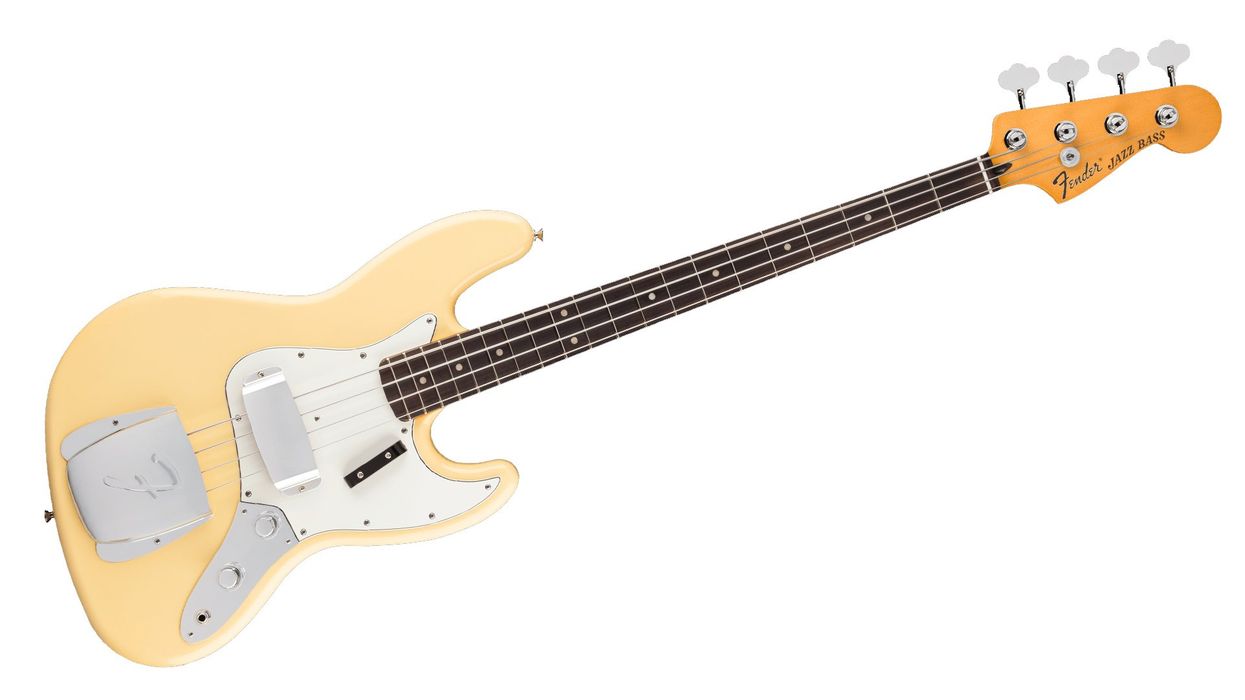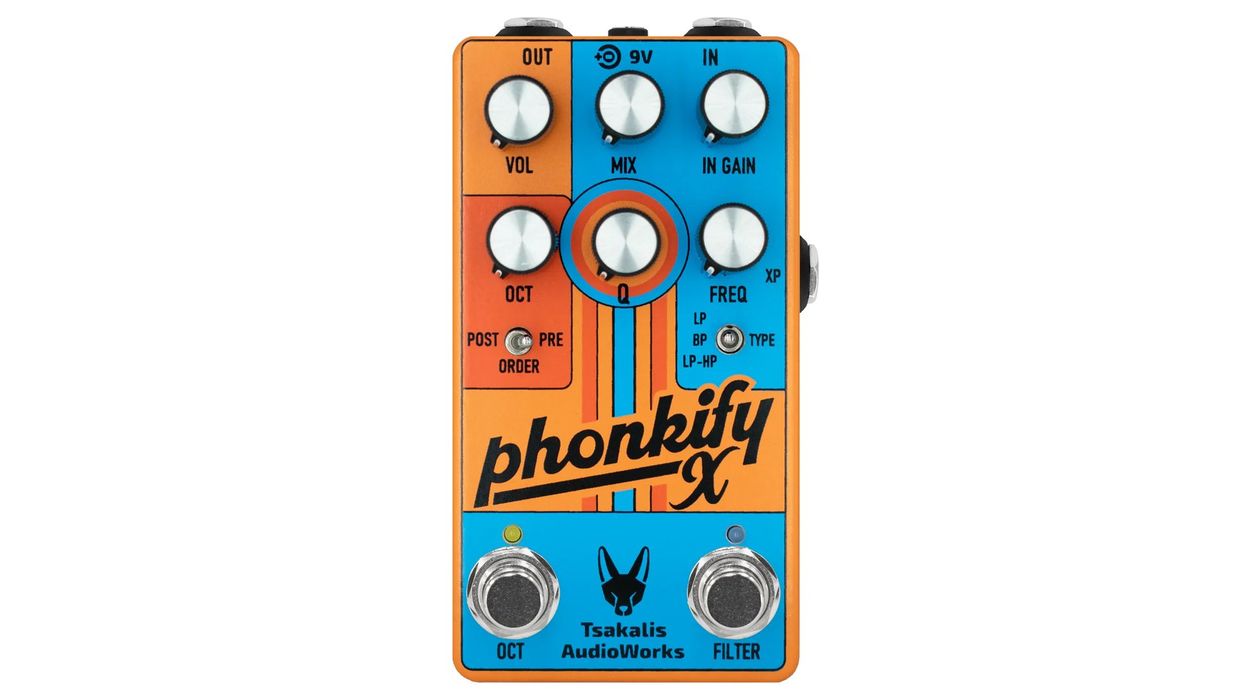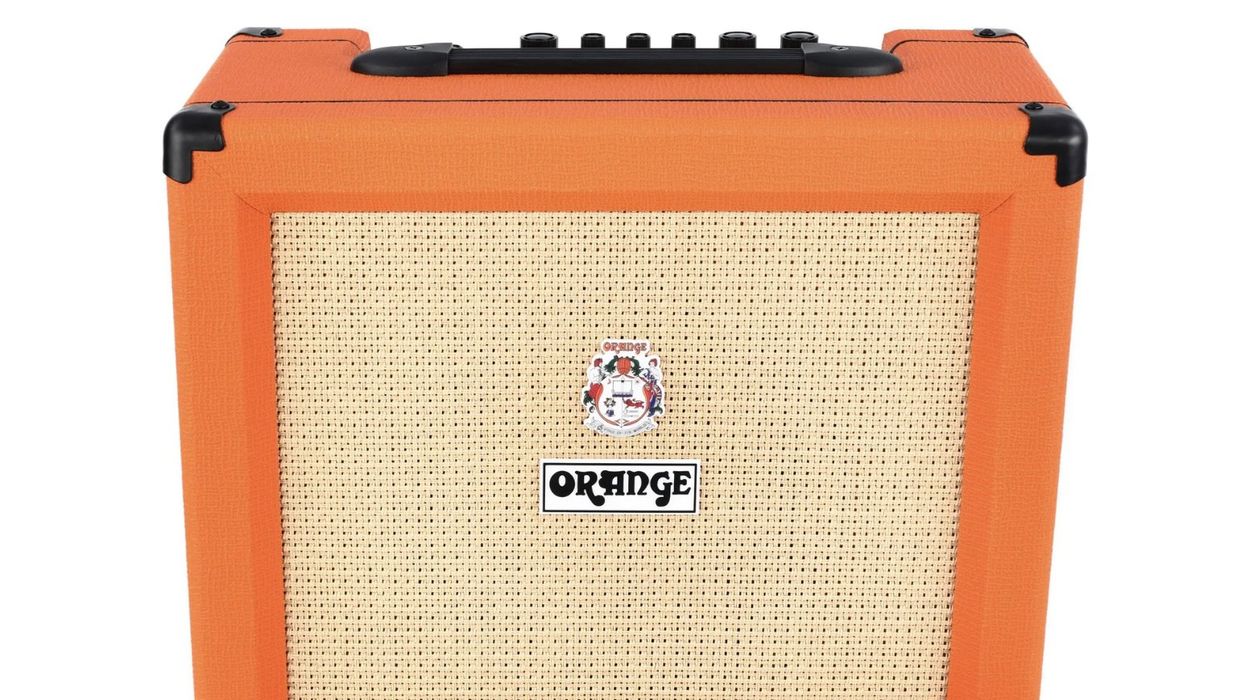Though acoustic amplification has improved by leaps, bounds, and light years, the challenges of making a flattop loud remain … challenging. L.R. Baggs has played no small part in improving the state of acoustic amplification, primarily via ultra-reliable pickups like the Anthem, Lyric, and HiFi Duet microphone and microphone/under-saddle systems, the overachieving, inexpensive Element Active System, and the M1 and M80 magnetic soundhole pickups—all of which have become industry standards to one degree or another.
Lloyd Baggs got his start building guitars for the likes of Jackson Brown, Ry Cooder, Janis Ian, and Graham Nash. So he can tell you that building a good guitar from the ground up is no mean feat. Enter the AEG-1, L.R. Baggs’ first flattop—a unique thin-hollowbody design that leverages the company’s copious experience with transducers of every kind to create a successful, holistically functional instrument. In some ways, it feels like an instrument built to match a great pickup system—a cool way to consider guitar design if you think about it.
Gentle Deconstruction
Admittedly, I’m a flattop design traditionalist—that jerk that thinks any acoustic sketched out after 1962 looks a bit yucky. So, the AEG-1’s looks were a bit jarring out of the case. That didn’t last. Though it’s very shallow and soft curves sometimes evoked a swimming pool outline, that of a nice Scandinavian coffee table, and Gibson’s L6-S (these are highly positive associations in my opinion), the lovely body contours and shallow cutaway have a slimming effect and give the guitar a sense of forward lean at the aft end—almost like a sprinkle of Fender Jaguar. The more you stare at it, the more it looks like a very artful deconstruction of a dreadnought shape, and a very natural one at that.
The construction itself is unique, too. The sides are CDC-machined poplar ply, oriented so you see the laminate in cross-section. The top is a very pretty torrefied Sitka spruce, which is braced in a traditional scalloped X pattern. The sides are also braced with arms that radiate toward the waist and heel at 120 degrees from each other, reinforcing the soundhole and the substantial neck heel. The back is critical to the AEG-1’s tone makeup, too. Rather than a merely ornamental bit of plywood, it’s a lovely Indian rosewood that vibrates freely, enhancing resonance and the many organic facets of the AEG-1’s tone spectrum.
The 25.625"-scale mahogany neck is mated to the body by way of four substantial bolts and an equally substantial contoured heel and heel block. Sturdy, perhaps, undersells the secure feel of the neck/body union. In hand, the slim-C neck is lovely, too. The bound rosewood fretboard is beautiful, and the playability is fantastic as well. The action is snappy and fast, the 1.7" nut width is comfy and spacious. And, in general, the build quality of the Korea-made AEG-1 is excellent.
Resonant With Room To Roam
With the exception of country blues players—and guitarists like Blake Mills and Madison Cunningham, who dabble in rubber bridges to prioritize focus over breadth—most 6-stringers want a lot of resonance from their instruments. The AEG-1 resonates beautifully, particularly for a thin-bodied guitar. And the HiFi Duet, made up of the HiFi bridge plate pickup and the company’s Silo microphone, is deep and detailed, so the output is easily reshaped by the flexible volume, tone, and mic/pickup blend controls. But the balance of the constituent parts, and the deft way with which the design sacrifices a little body resonance for string detail, is smart and satisfying to interact with.
This is especially true when you use blend settings that favor the microphone. If you get the tone control on the AEG-1, and your amp, dialed in right (I used a mid-scoop and slight bump in the treble and bass from a Taylor Circa74), the extra bass resonance is warm but without being overbearing, adding mass to tones without slathering them in mud. But you don’t have to get too precious and precise about such settings to make the guitar sound great. Working together, the HiFi Duet’s pickup/mic blend and tone controls provide the range and variation to shift bass emphasis or put sparkle to the fore. This range is helped in no small part by the guitar’s basic feedback resistance. I spent a fair bit of this evaluation playing loud, plugged into the Circa74, which was tilted toward my head at a 30-degree angle. Only when I bent down to turn the amp off, situating the guitar about a foot-and-a-half from the speaker, did the AEG-1 start to feed back.
The Verdict
Inventive, attractive in form and function, playable, and above all forgiving, full-sounding, and balanced when amplified, the AEG-1 is an unexpected treat. The HiFi Duet pickup-and-microphone system is a star. But rather than feeling like an afterthought, it feels like an integral part of the whole. And it’s the cohesiveness of this design—and the wholeness of the many sounds it creates—that makes the AEG-1 different from many stage-oriented electro-acoustic guitars



